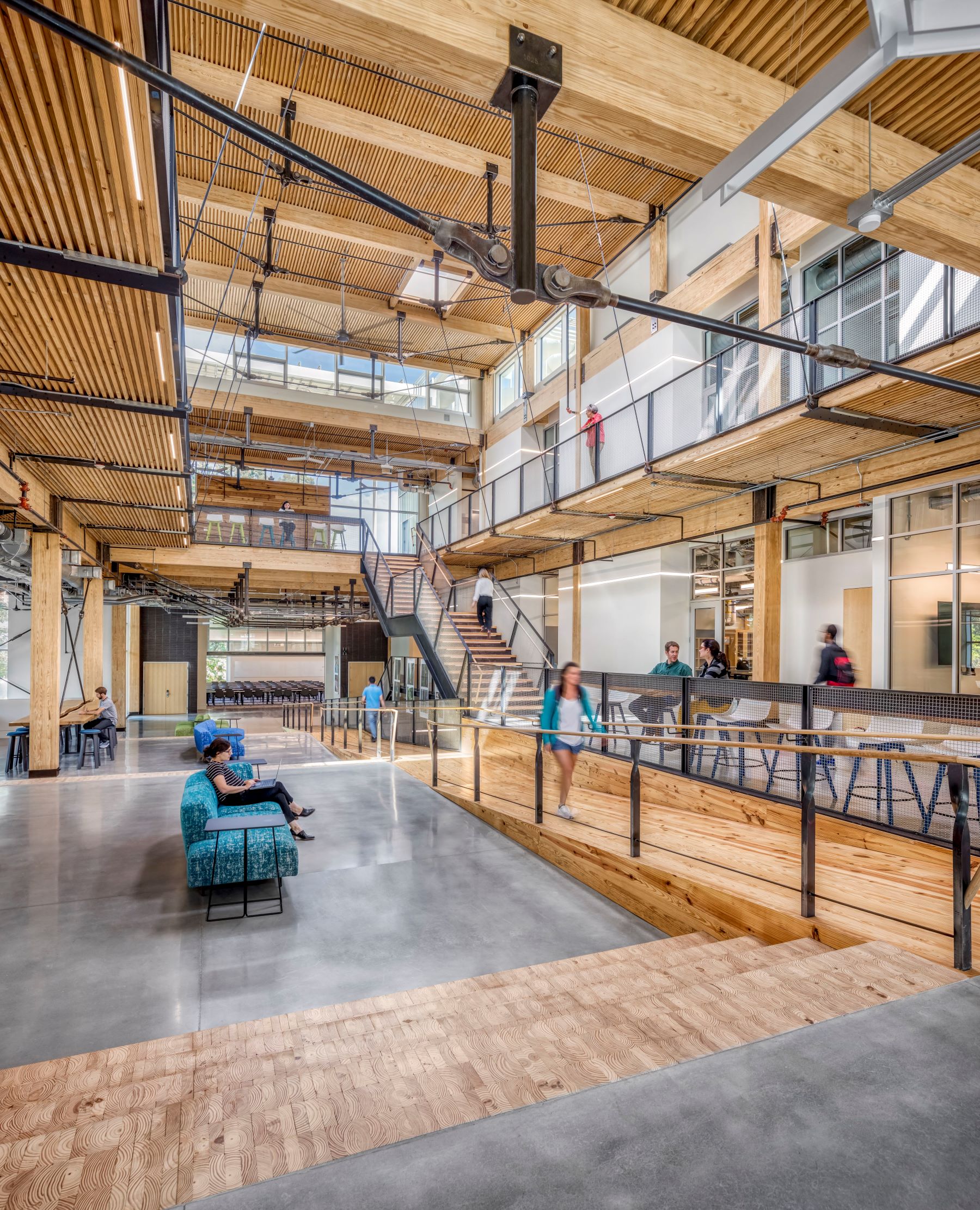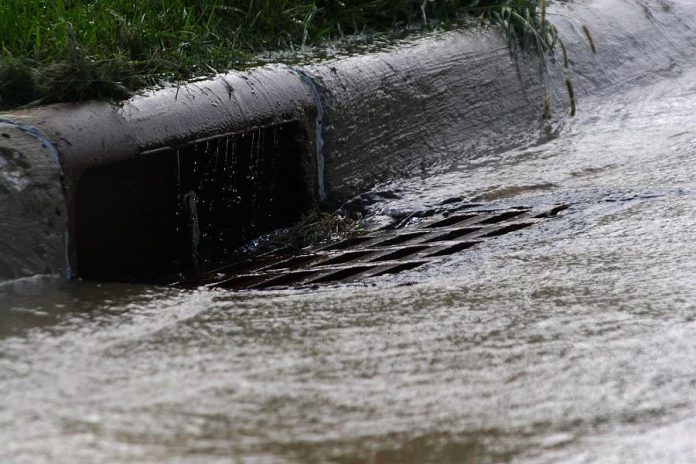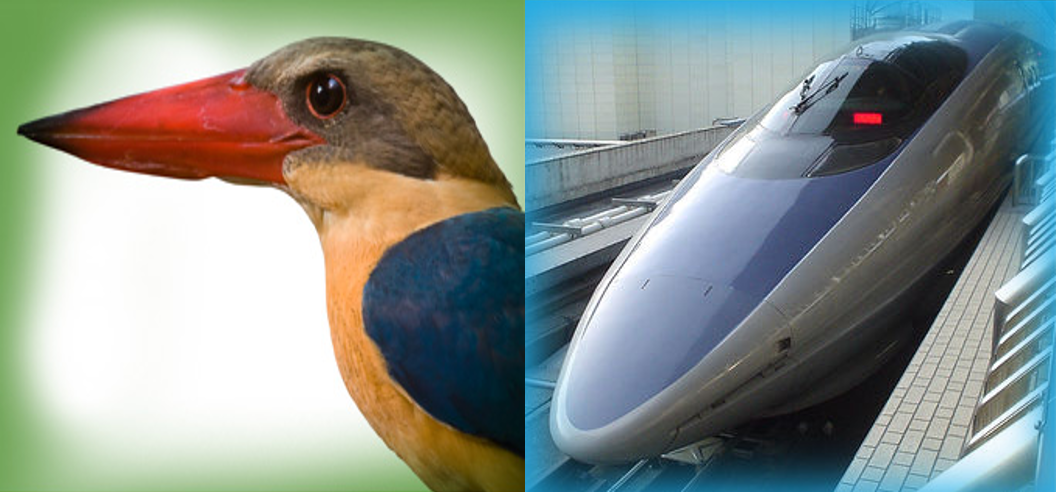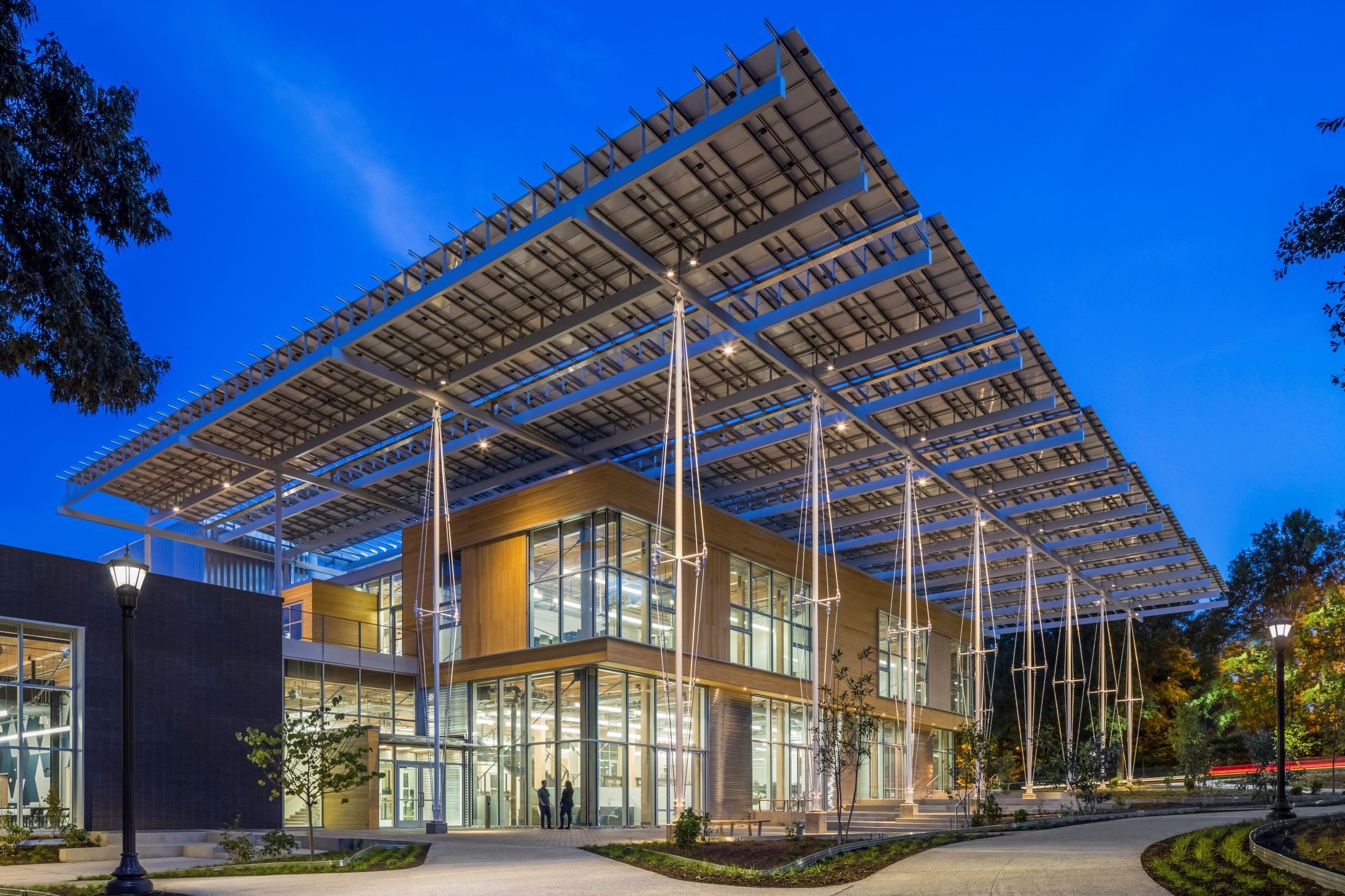A key Petal of the Living Building Challenge is Equity, which emphasizes accessibility so that everyone can engage with the building regardless of whether they are a student or visitor to Georgia Tech.
Georgia Tech's Center for Education Integrating Science, Mathematics, and Computing (CEISMC) has developed content about the Kendeda Building for K-12 students across the state of Georgia. These one-week long science lesson plans directly connect grade level curriculum to The Kendeda Building for Innovative Sustainable Design.
Additionally, the building's YouTube channel and 3D virtual tour allow for anyone to “visit” the building from afar.
5th Grade
Are you Plugged In? Electricity in the Living Building.

The lesson is designed for exploration of the Living Building Challenge's Energy Petal. It studies circuits. Students will see how they can use a battery or solar panel in a simple circuit. This will help them understand how to make our energy use more sustainable.
6th Grade
Water: Slow the Flow (Stormwater)

This lesson is designed for middle school students to explore the Water Petal of the Living Building Challenge. It examines how The Kendeda Building effectively manages stormwater by emulating the Piedmont Forest ecosystem of metro Atlanta.
7th Grade
Bio-Inspired Design: Animals in Action

This curriculum aligns with Georgia's teaching standards, integrating biologically-inspired elements of the Living Building Challenge to enhance students' comprehension. By connecting nature and science, students gain insight into how these principles can address the complexities of achieving Living Building Challenge certification.
8th Grade
Sustainably Solar

The lesson is designed for a middle school exploration of the Living Building Challenge's Energy Petal. Students will explore physical science topics of energy and energy transformations through online simulations and exercises. They will investigate renewable and nonrenewable energy sources and will connect these sources to sustainable practices in the Living Building. Students will then collaborate to create a mini-Living Building powered by solar energy to highlight the above petals.